For such a long book, the plot of Wolves of Calla is pretty simple. Each generation the Wolves of Thunderclap invade the Calla and steal one out of every two twins, only to return them ‘roont’ (ruined); nothing more than human vegetables who grow grotesquely large before suffering a premature death. The people of the town seek the aid of the passing gunslingers to try to break this cycle. While the details may be lacking, it doesn’t take much to imagine the broad outline of the plot.
In a subplot, Eddie becomes embroiled in a mission to save the rose in the vacant lot in New York, which our heroes have determined is mystically linked to the dark tower and the fate of the universe. This brings him into conflict, once again, with Balazar (from volume 2) and his cronies, Jack Andolini and George Biondi, another pack of ‘wolves’, about a decade prior to the moment when he originally left our reality with Roland.
Despite the simplicity of the story, King’s narrative is, at the same time, becoming more complex.
One aspect of the modern novel identified by Postmodern theory is the notion of intertextuality: appropriation, allusion and quotation are some aspects of the use of intertextuality. Of course, any text has intertextual aspects, not just the work of self-consciously ‘post-modern’ writers like John Fowles. When a writer chooses to write in a particular genre or mixture of genres, their knowledge of all other works in that genre informs their writing. When a reader reads, it is the same.
In the case of The Dark Tower, Stephen King makes no secret in the introduction to my copies that his inspirations for the novels were specific: Browning’s poem ‘Child Roland to the Dark Tower Came’, as well as Tolkien’s fantasies, for instance. The Dark Tower series is a strange mixture of traditional fantasy which borders, at times, on science fiction, as well as western novels (and films) inspired by America’s largely mythic past. King is clearly aware of the roots of his stories and his debts.
However, this fifth book is more conscious of intertextual possibility than those that preceded it. There are references to Star Wars, the first film only just on the consciousness of Eddie and Jake, who left our reality as the film was becoming popular. The characters talk about the film. They discuss how aspects of their situation could have been drawn from. King, as a writer, wants to make sure we see how he has constructed this story. Something interesting may be happening here.
And it’s not just Star Wars. The same treatment is given to Marvel Comic’s Dr Dread, as well as the Harry Potter series, too far in the future of our reality for the experience of Jake and Eddie, but nevertheless, they are given the means to speculate about its significance to their situation.
Of course, this is not enough to be interesting in itself. This is just a hint of what King is doing here, I hazard to guess, since I’m writing reviews for this series as I read each book, not with hindsight. What is most significant, I think, is the way King draws himself into the narrative. King’s name appears in a bookshop window at one point when Eddie returns to New York via Todash (I won’t explain – you have to read it to find out about that) So we suddenly have Stephen King turn up in the fictional world of The Dark Tower books as a ‘real’ writer. And it doesn’t stop there. Don Callahan, the priest from King’s own novel, ‘Salem’s Lot, turns up in the Calla, and a good portion of the novel is devoted to explaining what happened to him and other characters from that novel in the years after he escaped the Lot, including how he found his way into Roland’s world. It goes even further than that, but I think that’s enough to make the point without giving too much away.
Then there’s King’s epigraphs before the story. I flipped past them as I started to read. It was only later, when I had decided that this story was going to have a lot in common with The Magnificent Seven, that I found the quote from the movie: “Mister, we deal in lead”. Of course, in his afterword, King also acknowledges his debt to the Japanese original, The Seven Samurai.
What does this all add up to? What is the point in talking about it? It’s what I wondered, myself, as I read Callahan’s long backstory. I was sceptical about King’s choice to bring a character from that book into this book. Some of it seemed like filler, and indeed, some of King’s writing could do with an edit. His assertion in his introduction that he had begun the series with the aim of writing the longest popular novel ever made me suspect that sometimes the stories and digressions in the series were included to achieve that aim. However, by the time I finished the book I was willing to be more generous. Introducing Callahan into the story may well be one of the more interesting aspects of the series, I suspect, if King capitalises on the possibilities. That’s all I’ll say about that now.
I also had a feeling, given the long gestation of these books, that King’s overarching narrative is not always consistent. This suspicion arose when I read ‘The Final Argument’, the synopsis of the previous books which precedes the beginning of this story. It was not the first time that I read about aspects of the plot I may have forgotten, but seemed new to me. For instance, the Crimson King. The Crimson King never appears in this novel as a flesh and blood character, but becomes an important background figure, much like Sauron in The Lord of the Rings, I guess. King mentions him in his synopsis, saying that Walter, the man in black from the first volume, served him. I did a search on my ebook version of Wizard and Glass, and discovered three references to him: one at the beginning of the novel (a piece of graffiti); an obscure reference at the end of the story, and one question from Susannah to Roland right near the end: “Who is the Crimson King?”, and Roland answers, “I know not.” I felt the same about the number 19. The number appears at the beginning of all the books, and references are made to it, but it seems to suddenly take on a new significance in this volume.
Having said that, and having made the point about the use of intertextuality in the novel, I have to say that my impression is that this is probably the most cohesive of the series so far. It’s qualities and plot are different to Wizard and Glass, but I felt it was as good as that. Also, Wizard and Glass had to deal with the unfortunate ending of The Waste Lands – an ending I described as rushed and poorly executed in my review for that book. I think that detracted a little from the overall cohesiveness of Wizard and Glass. King notes in his afterword that he had the final two volumes roughly completed by the time this one was published. There is a feeling in this novel that the series is finally going somewhere by its end. The novel is more structurally cohesive. Hopefully, that bodes well for the series denouement.

 RSS Feed
RSS Feed Facebook
Facebook Instagram
Instagram YouTube
YouTube Subscribe to our Newsletter
Subscribe to our Newsletter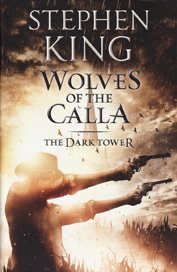

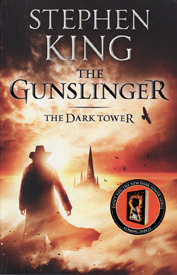
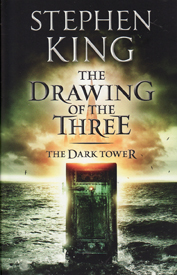
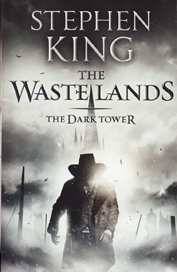
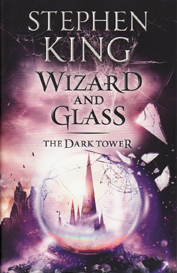
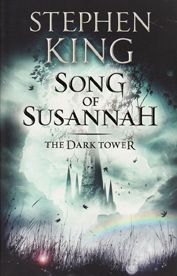
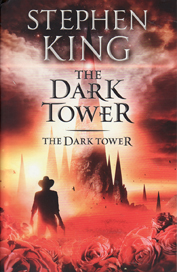
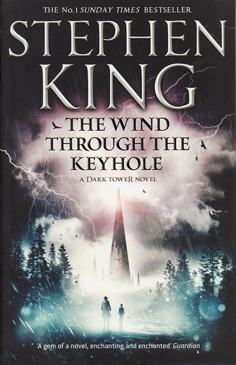


No one has commented yet. Be the first!